When you
are a one-man-show, running your business requires learning and knowing many
new skills.
It is
always easier to hire a team of specialists for each role, but until you get there, you’ll need to do your
best in knowing something about many aspects of running a business.
Before we
start, let’s first understand the 5 stages of the consumer decision-making process. You,
as a business, meet your potential customers in different stages of their journey.
Creating different entry points will help them join your sales funnel
regardless of their stage and help you nurture the relationships with a
long-term perspective.
So, here’s a breakdown of what happens in each step:
a. Awareness – Before someone buys from you, they should recognize their need for a product or service. Every sale begins when a customer becomes aware of the problem or unfulfilled need.
b. Research – Search for information. During this stage, customers want to find out their options for solving that problem and answering that need.
c. Consideration – Evaluate alternatives. This is when a customer is comparing options to make the best choice.
d. Conversion – Making a purchase decision. The moment a lead has decided to make a purchase. During this stage, buying behavior turns into action – it’s time for the consumer to buy!
e. Post-purchase evaluation (re-purchase) – After making a purchase, consumers consider whether it was worth it, whether they would recommend the product/service/brand to others, whether they would buy again, and what feedback they would give.
Now that we know the process, the question is, how do we help our audience to get from step 1 to step 4, and stay happy in step 5, so they don’t only keep coming back for more but also tell their own audience about you.
So, what’s Conversion Rate Optimization in Online Marketing?
Wikipedia defines:
"… conversion optimization, or conversion rate
optimization (CRO) as a system for increasing the percentage of visitors to a
website that convert into customers, or more generally, take any desired action
on a webpage.”
Only 2.86% of
e-commerce website visits convert into a purchase. (Invesp)
The latest
survey and studies in 2020 show that the average conversion rate of e-commerce
websites is 2.86%. The US’s average e-commerce website conversion rate stands
at 2.63% compared to the global website conversion rate of 4.31%.(Invesp)
68% of small businesses don’t have a structured or documented conversion rate optimization (CRO) strategy. (State of Conversion Optimization Report)
How do you calculate your conversion rate?
A
conversion is when your visitor takes the action you want them to take.
A
conversion rate is the percentage of visitors who complete that action. It is
calculated as the total number of conversions divided by the total number of people
who visited your website. An action can be anything you define: restaurant
booking, 1:1 calls with clients, freebie downloads…
For example, if
100 people visited your website, and 15 of them bought something on your site,
your conversion rate for a particular day would be 15%.
So, one
way to increase your sales would be to GROW TRAFFIC.
If, for
example, you’ll have 200 people visiting your store of a particular day, with a
15% conversion rate, it means you’ll have 30 sales on that day.
To achieve
the same number of 30 sales with the global website conversion rate of only 4.31%,
you’ll need to grow traffic to 696 people visiting your store.
The
other way to increase sales is by improving the CONVERSION RATE.
To get the
same 30 sales can also be achieved by improving CR to 30%, which means you’ll
only need 100 people visiting your store.
You get it.
The higher the conversion – the BETTER!
That’s what
we’ll cover in this post, how to improve conversion with simple implementations
for small and medium sizes businesses.

1. Build a Structured Process
Start by building a structured approach to your optimization journey.
This means you’ll need to do some:
- Researching and testing
- Documentation
- Communication
- Budget Allocation
- Assigning someone to be accountable for the process.
Where do you learn about CRO? Many courses are incomplete or outdated. Also, you need to know a lot of things really well to be good at optimization:
- Analytics
- Qualitative Research
- Statistics
- Technical Skills
- Heuristic Frameworks
- Copywriting
- User Experience
- Psychology
- And more
We’ve
focused on the important actions that can bring you results to facilitate the
process.

2. Improve Users Experience
Improving
users' experience is more significant than only a better conversion rate. It
will help lower bounce rates and create a good connection with your audience
because your customers' loyalty for the long run is far greater than just
turning visitors into customers.
Here are a
few ideas on how to improve users’ experience:
2.1
Create appealing content – this includes the way your website looks in terms of colors, fonts,
and flow, as well as the content shared, be it educational or inspirational
content.
2.2 Check
loading time –
remove elements that slow down your site’s loading time.
2.3 Make sure the website is optimized
for mobile.
2.4 Refine your CVP (Customer Value Proposition) by:
a. Know your target customer in-depth
b. Know your most substantial added value
c. Know your competition
d. Know what content your potential customers are looking for
2.5 Call
to action and next steps – make it really easy for visitors to make the first step and follow the
other steps in your sales funnel.

3. Use the right Copy – The power of using the
right words
No one
knows your product as well as you, right?
You’re the
one who knows all the details, features, and how it can be beneficial for your
customers.
But to grab
your potential customer attention in the few seconds that you have, it’s better
to focus on the ONE most valuable argument for your product or service
that leaves your readers in no doubt that yours is the best, right, and ONLY
solution to their struggle.
That’s how
strong is the power of a good copy.
When your
argument convinces your audience beyond any doubt that YOU have the obvious and
only answer to their problem ...
YOUR solution
is THE ONE they buy.
Words that
can help you convert your on-site visitors into buyers are words of persuasion.
The first thing to remember is to test what works and what doesn’t work. Use
different headlines, subtitles, images, offers, and call-to-actions to check
what works better.
Here are a
few words that work better than others. They are words that sell:
1. You
2. Free
3. Win
4. New
5. Now
6. Popular
7.
Guarantee
8. Limited
9. Thank
You

4. Know your audience and psychology of online
shopping
Understanding
what triggers your customers to buy your offerings can mean enormous rewards
for your business in sales and revenue.
According to the Fogg Behavior Model (FBM), created by Dr. Fogg from Stanford University, for someone to take action, the following 3 elements must exist:
a.Motivation – referring to the Core Motivation with 3 categories: sensation, anticipation, or social belonging.
It is all about the desire, whether it was there before they found your website or whether it was created after they stumbled upon your website.
b. Ability – referring to a few factors that determines the simplicity of buying or taking action. Some of the elements are information about the product, payment options, the time required to complete a transaction, and if your website runs smoothly and quickly. The ease of navigation and taking action will impact conversion.
c. Prompt – referring to what triggers a customer to take action. Triggers can be call-to-action buttons, pop-ups, and others tools discussed in Section 5 below. For example, creating a sense of urgency can be a good trigger to make customers take action.
Another element
that no discussion about online interactions will do without is trust. If potential customers don’t trust you,
they’ll buy from someone else. It’s as simple as that. The layout, the design,
social proof, reviews, return policy, or offering a money-back guarantee, are
all important, but if you are a new brand, you also want to show you are real.
Who’s behind it? The story and the Why behind starting your business will add
to a personal touch and help build trust.

Some of the links below are affiliate links. This just means that
if you choose to make a purchase, we may receive a small commission, at
no extra cost to you. This will help support VENNDY’s expenses during this
free beta stage. We are also using these links to showcase how you can use
VENNDY’s tools for your own monetization through referrals.
5. Use third-party tools that improve user experience and conversion
Here are a few tools to I’m going to give you my best ways to improve conversion rates:
- Add a pop-up to your site with a third-party signup service.
- Add reviews and testimonials.
- Add a feedback tool and chat survey such as SurveySparrow.
- Add live chat to your site.
- Add a countdown timer.
- Add a point of purchase upsell.
- Add social commerce interactions
- Use tracking software except for Google analytics and other platforms’ analytics to learn user behavior on your website and improve users’ experience.

6. Build your community
It’s
anywhere from five to 25x cheaper to retain an existing customer than to
acquire a new one. (Harvard Business Review) Which is one reason to invest in
building an online community for your brand.
New
customers often find support in a digital community. So, one way to help a
small business retain customers is through a community. It helps increase brand
exposure and credibility, enhance user experience and stick with the product as
members of the community help with queries and introduce new features.
But
improving customers satisfaction and retention isn’t the only benefit of having
a community. Nurturing the relationships with your customers makes it easier to
receive their feedback, address any objections they may have, resolve open
issues, and make rapid product improvements.
Turning
happy customers into brands advocates, active influencers, and affiliate
partners is easier when they are part of your community.
If you are new to affiliate marketing, tohelp you along, we have created a free "Affiliate Marketing Strategy Cheat Sheet” according to which you can build your "Affiliate Marketing StrategyMap.”
GRAB OUR FREE AFFILIATE MARKETING STRATEGY CHEAT SHEET AND BUILD YOUR AFFILIATE MARKETING STRATEGY MAP
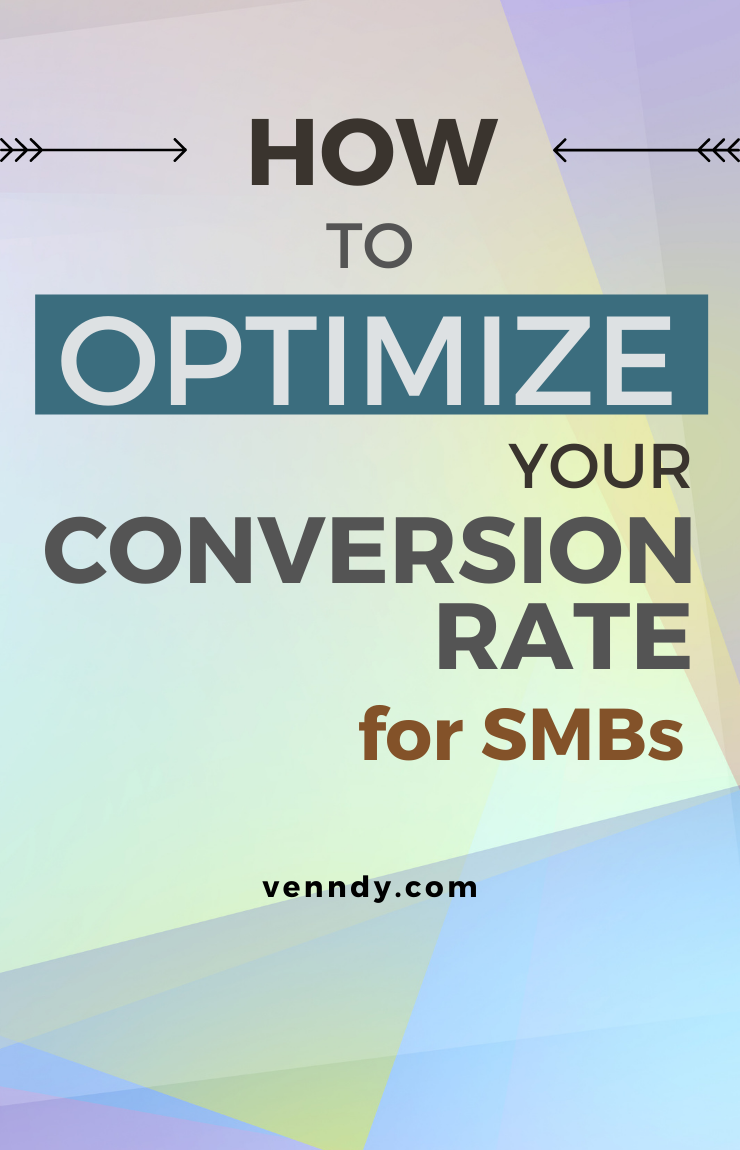
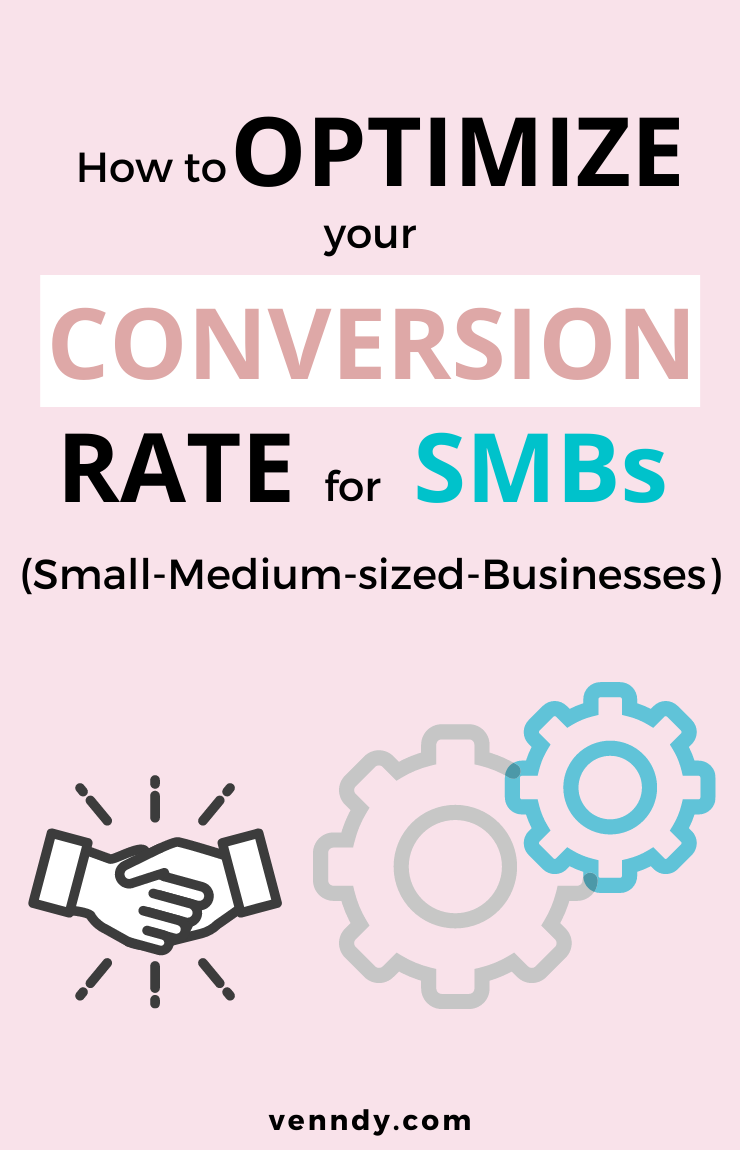
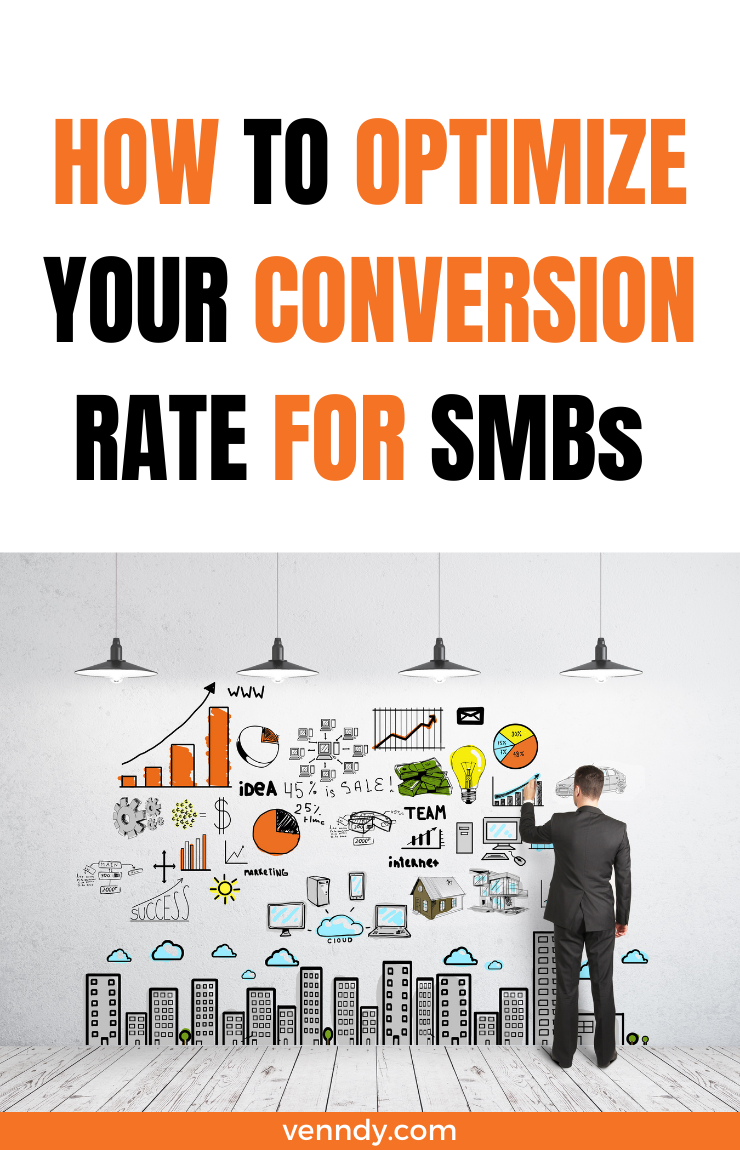




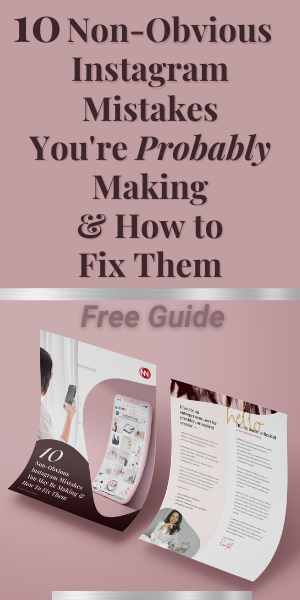
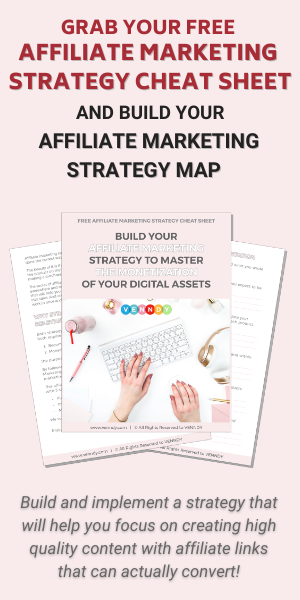
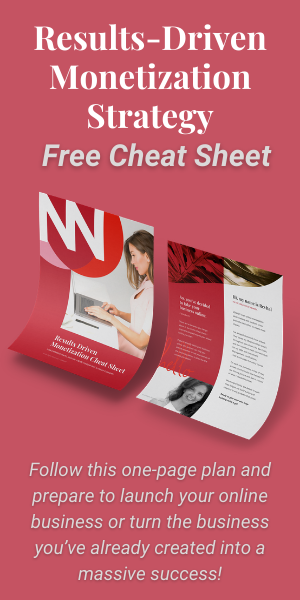
You can choose to comment as a guest.